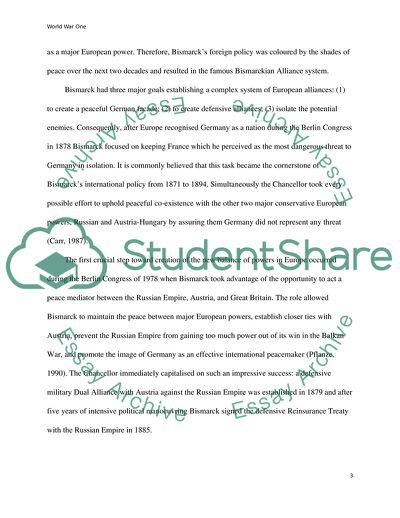Cite this document
(The World War One Article Example | Topics and Well Written Essays - 2500 words, n.d.)
The World War One Article Example | Topics and Well Written Essays - 2500 words. https://studentshare.org/history/1708396-the-first-world-war
The World War One Article Example | Topics and Well Written Essays - 2500 words. https://studentshare.org/history/1708396-the-first-world-war
(The World War One Article Example | Topics and Well Written Essays - 2500 Words)
The World War One Article Example | Topics and Well Written Essays - 2500 Words. https://studentshare.org/history/1708396-the-first-world-war.
The World War One Article Example | Topics and Well Written Essays - 2500 Words. https://studentshare.org/history/1708396-the-first-world-war.
“The World War One Article Example | Topics and Well Written Essays - 2500 Words”. https://studentshare.org/history/1708396-the-first-world-war.


